As one of Asia’s most popular cities, Hong Kong will widen your eyes with its vibrant energy and demonstration of wealth as seen in the architecture. After many years under British control, it is now a Special Administrative Region (SAR) of China. Hong Kong is covered by China in foreign affairs and defense, but is not affected by China’s socialist system and policies. Touring the city, you can still see signs of British influence. From the double decker buses to the “mind the gap” heard on the subways, the United Kingdom has definitely added to the complexity of this region.
Hong Kong translates to mean “fragrant harbor.” The heart of the city is divided by Victoria Harbor, but encompasses a collection of 262 islands in the South China Sea. Hong Kong can be divided into four parts: Hong Kong Island, the Kowloon Peninsula, the New Territories, and the many outlying islands.
Hong Kong Island is dominated by a multitude of skyscrapers, futuristic buildings, and chic hotels. The earliest British settlements were established here and it has long been the city’s business and financial hub. A few buildings that will surley catch your eye are the IM Pei’s iconic Bank of China Tower, the Twin Lippo Centre Towers, and the IFC2 Tower which is currently the world’s fifth -tallest structure. The most popular attraction on Hong Kong Island and perhaps all of the city for that matter is taking the Peak Tramway up to the top of Victoria Peak. “The Peak,” as it’s referred to by the locals and the more than three million visitors a year, offers one of the worlds finest vistas. The neighboring slopes were once home to rich merchants and Governors who lived there in an effort to escape the summer’s heat and humidity. Some of the world’s most expensive real estate is found here. You can catch the tram at the Garden Road terminus and be at the top within minutes, but be sure to get there early as the lines can get very long. The Peak Tower on top has several shops, cafes, and restaurants as well as a viewing platform. There’s also a Madam Tussaud’s wax museum.
Another stop worth checking out is Hong Kong Park. With its aviary and botanical gardens, it gives the opportunity to get away from the busy and crowded city. The backdrop of waterfalls and shrubs also make for great bridal pictures which you’re sure to witness if the day is nice. For deals on gifts and souvenirs, you can check out the 200 or so shops and stalls that occupy the narrow lanes of Stanley Market. Once night falls, be sure to check out the Symphony of Lights. Named the “World’s Largest Permanent Light and Sound Show” by Guinness World Records, it’s a show of colored lights, laser beams, and searchlights all synchronized to music celebrating the energy, spirit, and diversity of the city. A great place to watch the show is on the waterfront promenade outside the Great Bohimia square in Wan Chai. From there you have an excellent view of both sides of the Harbor.
Just across Victoria Harbor, you’ll find the Kowloon Peninsula. At just a few square kilometers in size, it’s one of the most crowded areas in the world. Tsim Sha Tsui at the southern end is a busy shopping district which includes Nathan Road. Known for its big neon signs and hundreds of small electronic shops, you’re sure to find something of interest. Be sure to make your way down to the waterfront and check out the Avenue of Stars, a tribute to Hong Kong and Chinese cinema. With its statues and stars in the pavement, it resembles Hollywood, California. It’s also another great place to watch the Symphony of Lights.
The New Territories make up Hong Kong’s largest area. This northern part of the region is well off the tourist trail which is surprising given it’s magnificent scenery. It includes numerous fine beaches as well as areas of woodland and impressive mountains. A little known fact about Hong Kong is that country parks occupy over 40 percent of the total land area.
The Outlying Islands are made up of three principal islands: Lantau, Cheung Chau, and Lamma. They all make great day trips from the city and offer a variety of appealing villages and beautiful scenery. The largest and most popular is that of Lantau. It encompasses the Hong Kong International Airport as well as the Disneyland theme park. The islands most popular attraction however is the Po Lin Monastery and Big Buddha. At 79 feet, it’s the world’s largest outdoor bronze statue of a seated Buddha. It’s best reached by the Ngong Ping 360 cable car which offers great views of the airport and the village below. Once at the base, a long flight of steps will lead you up to the top of the statue.
Getting around Hong Kong is really quite easy. From the airport, it’s best to take the Airport Express train. In 23 minutes, you’ll be in the heart of the city. Once there, you can purchase an Octopus card. This will let you hop on and off of the MTR (Mass Transit Railway) buses, mini buses, and trams. Just be sure to plan around rush hour. Trying to get around during this time is like putting yourself inside a game of Frogger, and you’re the Frog. Crossing Victoria Harbor can easily be done on the Metro or for a more scenic ride, you can take the Star Ferry. For a blast into the past, book a tour on the old Junk. With its distinctive diamond-shaped red sails, it’s long been a symbol of Hong Kong.
I highly recommend visiting Hong Kong. It’s a city full of energy and makes you realize just how much we’ve evolved over the years. Whether you’re from a small town or another large city, it will definitely make an impression and offers a great look into the densely populated Asian continent.



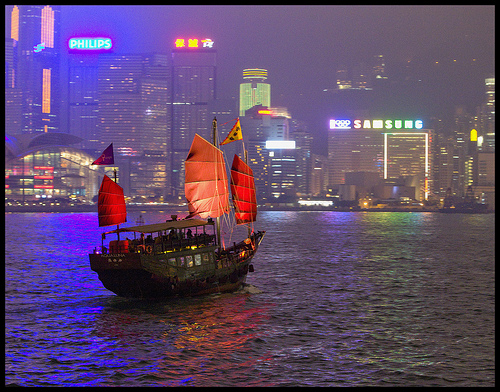


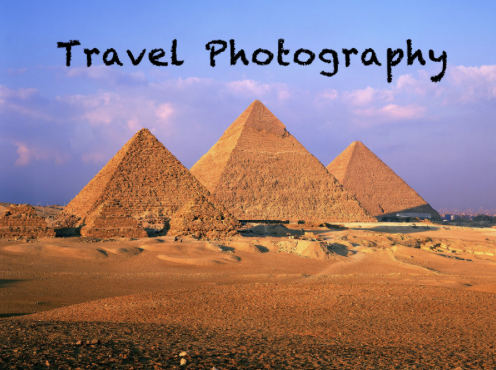

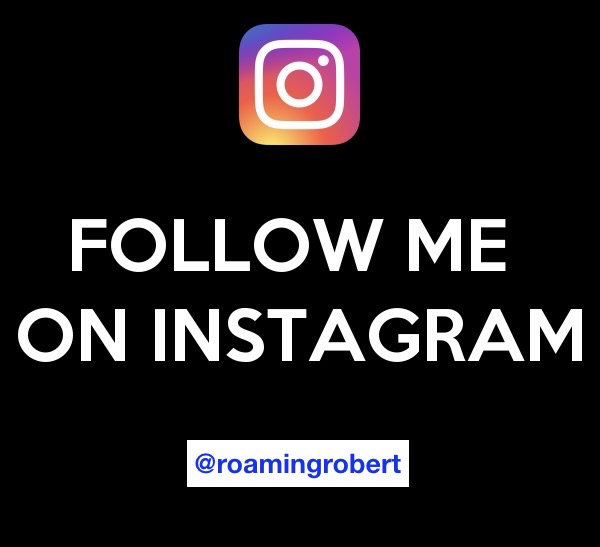
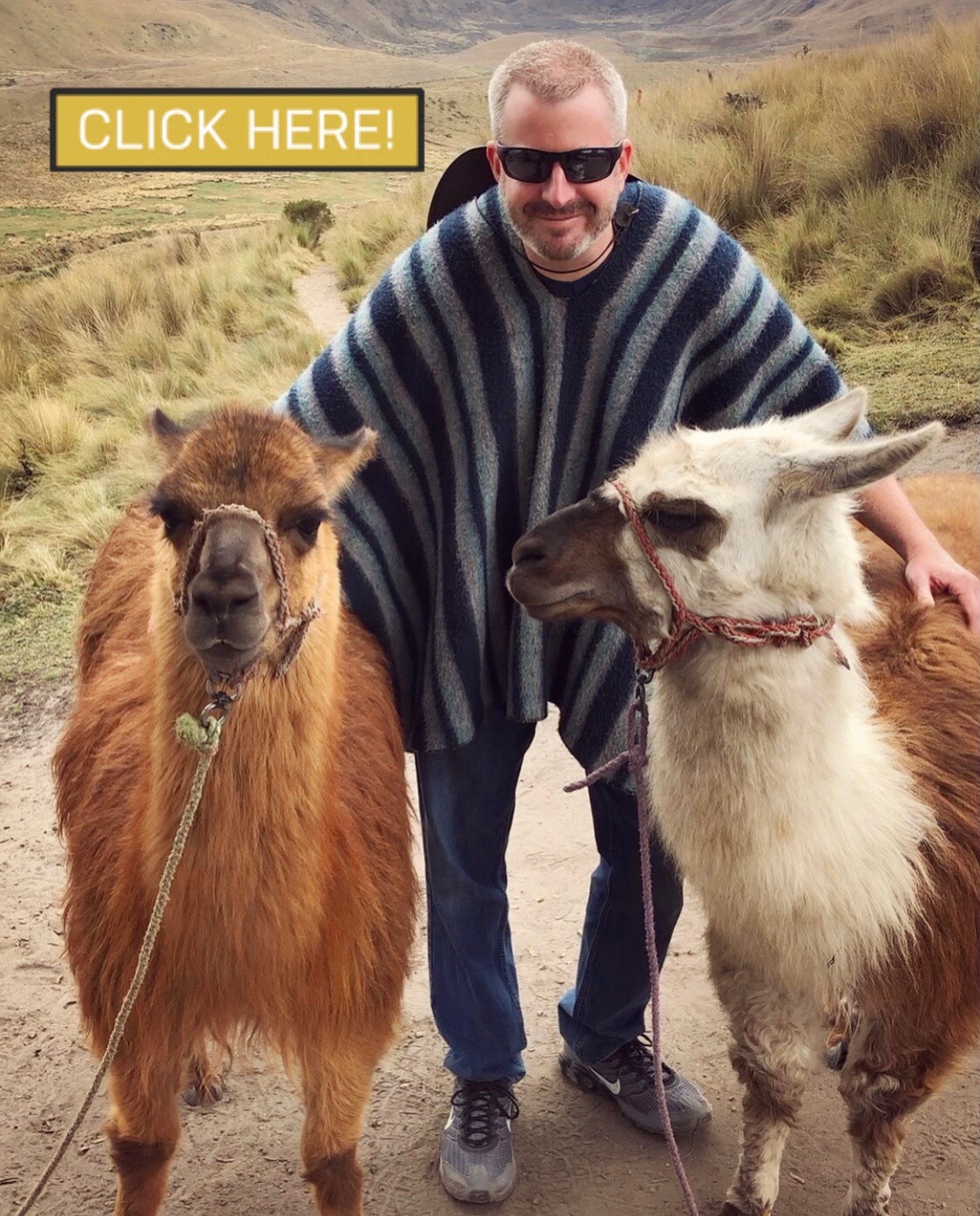


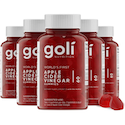





I was recommended this blog by my cousin. Great information, Thanks!